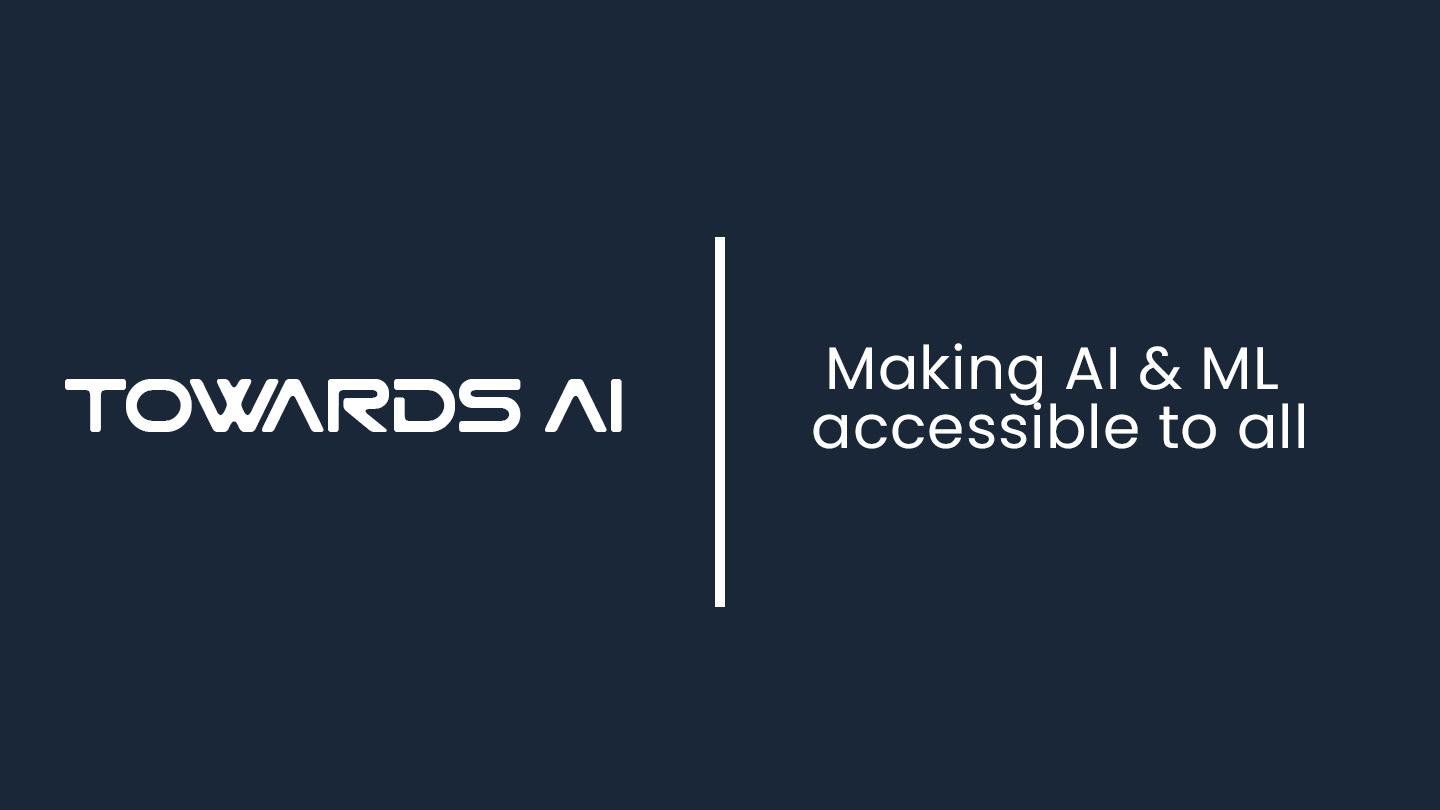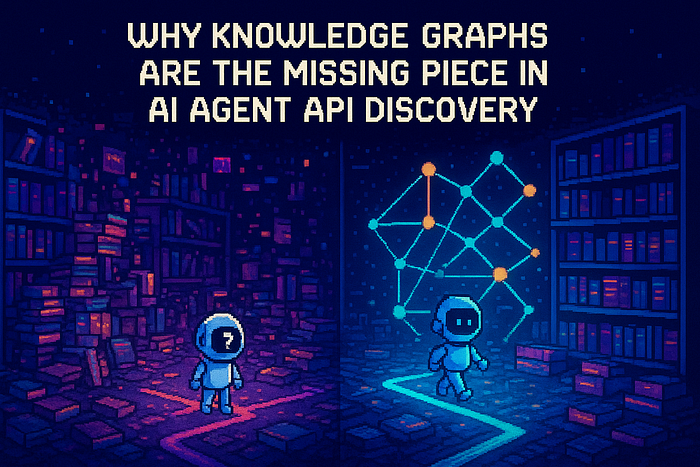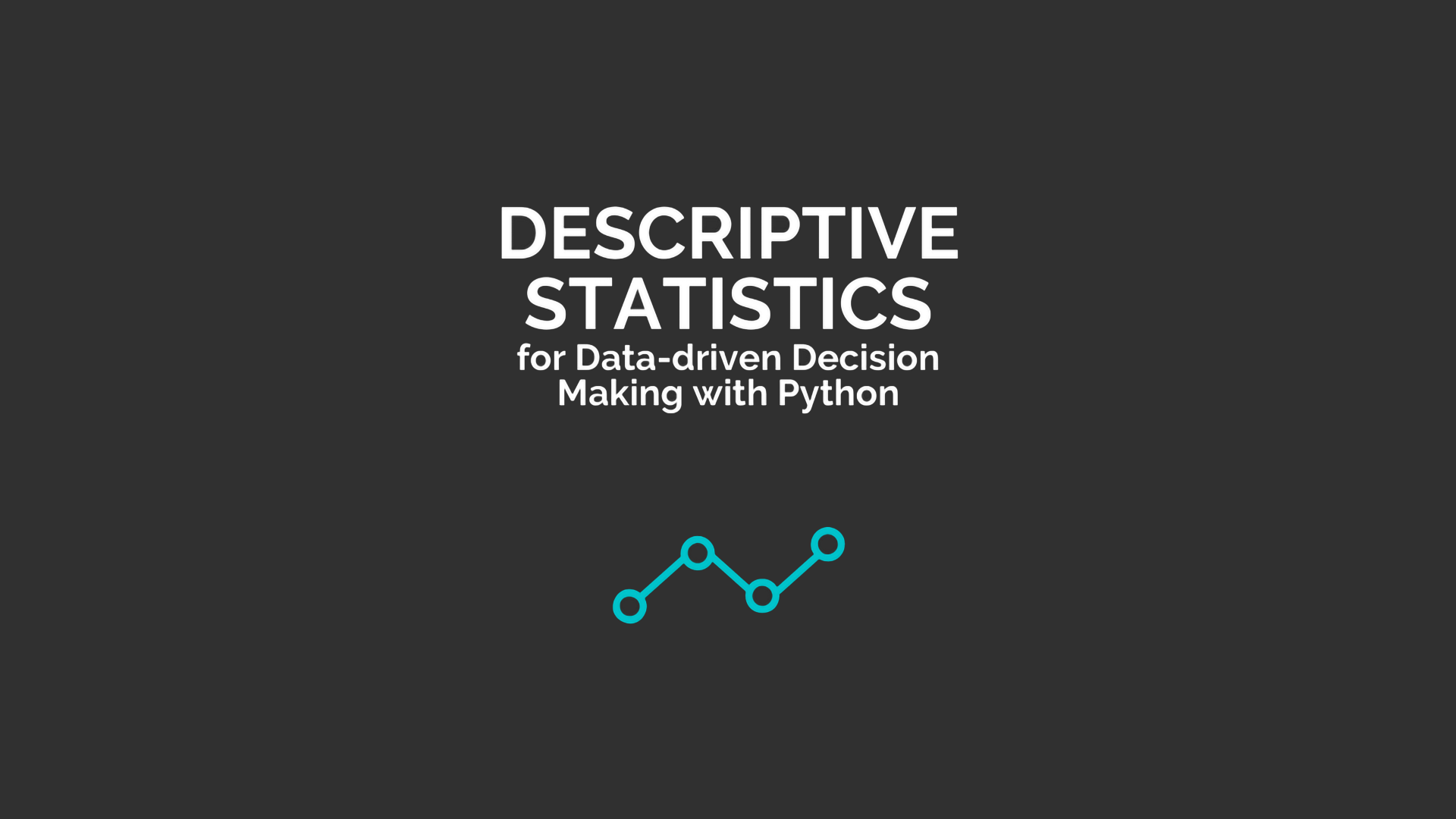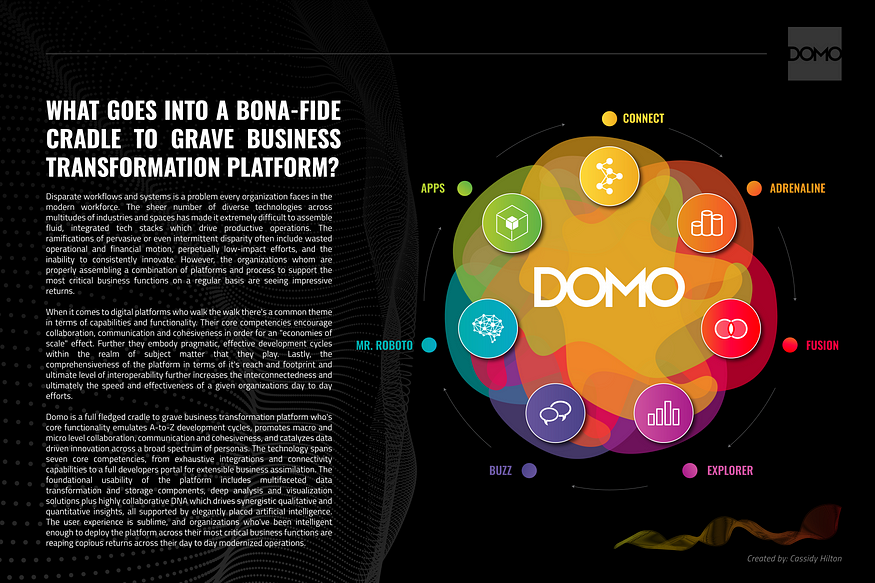The Silent Backbone: Why Traditional Machine Learning Still Matters in the AI Era
Author(s): Yuval Mehta
Originally published on Towards AI.
In a world increasingly enamored by the shimmering promise of generative AI, it’s easy to forget the models that quietly power much of the technology we rely on every day. The glitz of ChatGPT crafting essays or DALL·E spinning art from text has, for many, overshadowed the more unassuming forms of artificial intelligence — those that don’t talk, draw, or compose, but simply decide:
Will this customer churn?
Is this transaction fraudulent?
How much stock should we order next week?
These aren’t the kinds of problems where you need a massive transformer model. They are about precision, predictability, and often, explainability. And they are solved remarkably well by the quieter, older siblings of the AI family: traditional machine learning models.
The Quiet Strength of Simplicity
Beneath the surface of this generative renaissance, traditional machine learning continues to thrive. Not because it’s old-fashioned, but because it’s incredibly good at what it does.
There’s a reason why the best data science teams at top-tier companies still rely on logistic regression, XGBoost, and decision trees. It’s not resistance to innovation, it’s recognition of what works.
These models are lightweight, effective, and interpretable. You don’t need billions of parameters and terabytes of data to get results. Sometimes, all you need is a clean dataset and a tried-and-tested classifier.

The Data Most Businesses Care About
Let’s face it: much of the world’s data isn’t text, image, or video.
It’s tables.
It’s rows and columns.
It’s structured, clean, and curated.
According to a 2024 McKinsey report, over 70% of enterprise AI deployments focus on structured data. From banks to hospitals, manufacturing plants to marketing teams, this kind of data forms the operational heartbeat of organizations. And in this structured world, traditional ML shines.
You don’t need a 175-billion-parameter model to predict monthly revenue or catch anomalies in server logs. In fact, trying to use one would likely waste compute, time, and money.
Interpretability Is Not Optional
The beauty of traditional ML lies in its transparency. These models:
- Train fast (even on a laptop)
- Are interpretable and auditable
- Can be easily explained to non-technical stakeholders
Try explaining the hidden layers of a transformer to a CFO.
Then show them a decision tree with feature importances.
Guess which one gets a nod of approval?
In sectors like healthcare, finance, and law, where accountability and traceability are legally mandated, traditional ML’s interpretability becomes more than a convenience — it becomes a requirement.
Even LLMs Rely on Classical ML
Ironically, many LLM pipelines depend on traditional ML under the hood. Tasks like:
- Intent classification
- Spam filtering
- Ranking responses
- Personalization layers
…are often handled by smaller, faster models. So while generative AI gets the spotlight, traditional ML is often doing the heavy lifting backstage.
For example, OpenAI’s GPT-based systems frequently use retrieval-augmented generation (RAG), where a traditional vector store is queried using embeddings to retrieve context. The ranking of those results? You guessed it: often powered by traditional ML models.

Cost, Control, and Practicality
Not every team has the budget for cloud GPUs or the need to fine-tune massive language models. Sometimes, a well-engineered LightGBM model trained on a few thousand examples delivers more ROI than an entire transformer stack.
With traditional ML, you get:
- Lower training and inference costs
- Fine-grained feature engineering control
- Better compliance and governance fit
- Easier deployment on edge devices
In a time when sustainability and carbon emissions are gaining attention in AI development, traditional ML models offer an eco-friendly alternative.
The Hybrid Future
This isn’t a battle of old vs. new. The most powerful AI systems will be hybrid — combining:
- The brute strength of generative AI
- With the surgical precision of classical ML

Imagine an e-commerce platform using a fine-tuned LLM to generate product descriptions, but relying on traditional ML to handle demand forecasting, supply chain optimization, and user segmentation.
The future belongs to those who can wield both swords.
Final Thoughts
Just because a tool is shiny and new doesn’t mean it’s the right one for every job.
Traditional ML:
- Solves real-world problems
- It is cost-effective and explainable
- Integrates seamlessly with modern AI stacks
As we continue to push the boundaries of what AI can do, let’s not forget the models that already do so much.
So next time you’re faced with a machine learning problem, ask yourself:
“Do I need a generative model… or just a good old decision tree?”
Chances are, the quiet classics still have your back.
Join thousands of data leaders on the AI newsletter. Join over 80,000 subscribers and keep up to date with the latest developments in AI. From research to projects and ideas. If you are building an AI startup, an AI-related product, or a service, we invite you to consider becoming a sponsor.
Published via Towards AI
Take our 90+ lesson From Beginner to Advanced LLM Developer Certification: From choosing a project to deploying a working product this is the most comprehensive and practical LLM course out there!
Towards AI has published Building LLMs for Production—our 470+ page guide to mastering LLMs with practical projects and expert insights!

Discover Your Dream AI Career at Towards AI Jobs
Towards AI has built a jobs board tailored specifically to Machine Learning and Data Science Jobs and Skills. Our software searches for live AI jobs each hour, labels and categorises them and makes them easily searchable. Explore over 40,000 live jobs today with Towards AI Jobs!
Note: Content contains the views of the contributing authors and not Towards AI.














